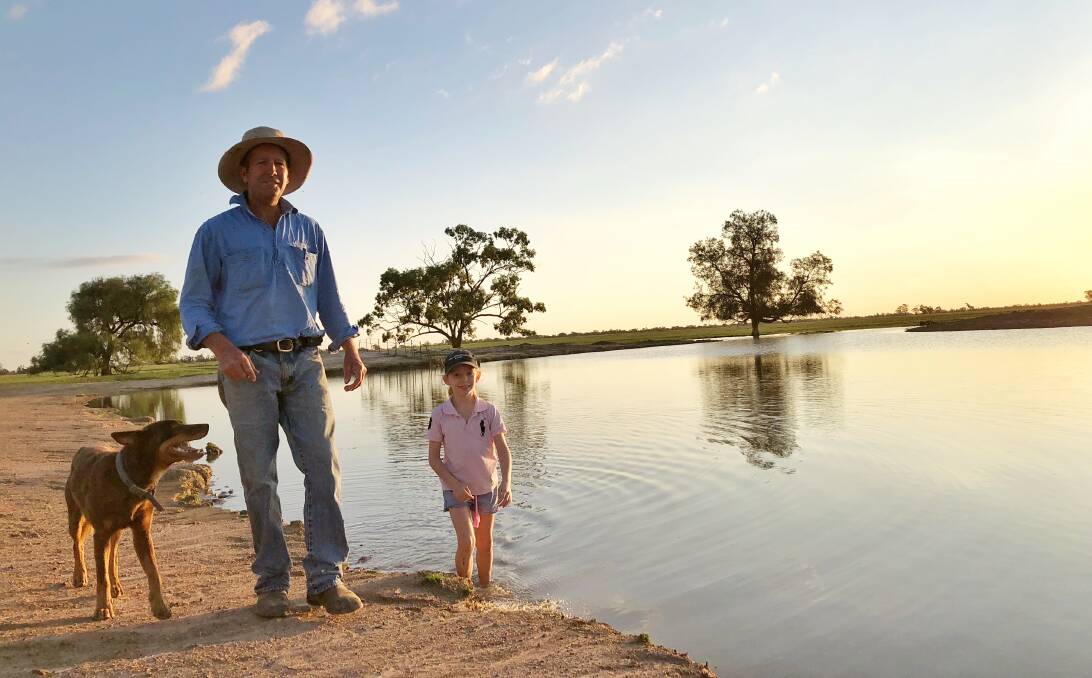
Widespread rain in central and western NSW has boosted spirits with some croppers saying it's one of the best autumn breaks they've seen. It's also brought rain to many areas beset by dust storms for years.
Subscribe now for unlimited access.
$0/
(min cost $0)
or signup to continue reading
The rain on some parched western stations has provided two years of stock water, meant rivers and creeks that flow down from Queensland have flooded, and also boosted soil moisture profiles in cropping areas from nothing to at least 10 centimetres, laying the foundations for what now might be a normal winter cropping program for some.
Around Junee, oats and forage canola is already out of the ground, and in far western districts saltbush and bluebush will be replenished and medics will establish in low-lying areas for grazing coming into the cooler months.
Nobody is calling the drought over, but with the monsoon still active over northern Australia, there is hope another rain-bearing ex-cyclone Esther-style event may drift south again.
In some areas the rain remained scattered, while in others there were heavier bands of rain within districts. But it's generally thought "most got something".
At Mullengudgery Merino Stud, east of Nyngan, finally there is a bit more hope after years of dust storms and drought and rams are again being sought by western clients after a long absence.
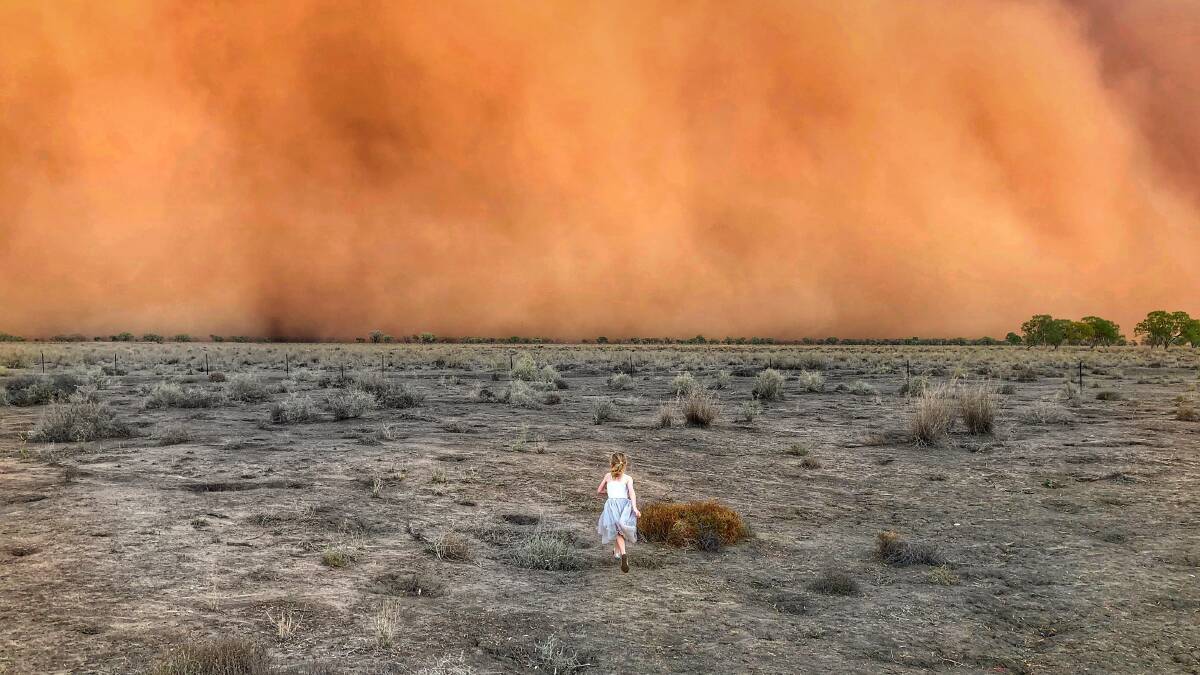
Scott and Marcia McMillan manage the Merino stud for the Moxham family and like many in the district were astounded when 70 to 90 millimetres of rain fell around the property.
Mrs McMillan said the falls had "improved the morale of people and restored hope".
The stud will be able to re-stock. There was now a good water supply and good subsoil moisture so a winter cropping program could be started to replenish the vast amounts of fodder used in the past three years.
There will be oats for grain and hopefully hay. Cattle will also return from agistment. It has improved the chances of a good lambing season and there was "increased demand for rams from western clients" not seen for years.
Marcia said her daughter, who featured in the dramatic dust storm picture (above), was running, jumping and dancing in the rain.
"And since the rain she has been spending an inordinate amount of time playing in and around mud and puddles," she said.
"Overall, it is very encouraging and reassuring feeling to see the feed growth and dams full of water. Even within the community the mood is lighter - the happiness and relief felt is almost palpable. We are feeling incredibly grateful."
Meantime, at Hillston about 110mm on some properties during the past four weeks has lifted spirits, with many preparing paddocks.
Riverview Farming's Paul Storrier said he received three falls since the end of January. "We put a lot of oats and vetch in straight away," he said.
A farmer at Junee Reefs said it was one of the best autumn breaks he'd seen after his property looked the worst he'e ever seen only a few months ago. He was planning on a normal winter cropping program of wheat and barley and already had forage oats and canola out of the ground after falls of nearly 145mm in the last three weeks.
Meanwhile, Local Land Services warned western graziers to be careful putting stock from drought conditions onto new, green pastures, with nitrate poisoning possible from cat's head (also called yellowvine or caltrop) and pigweed.
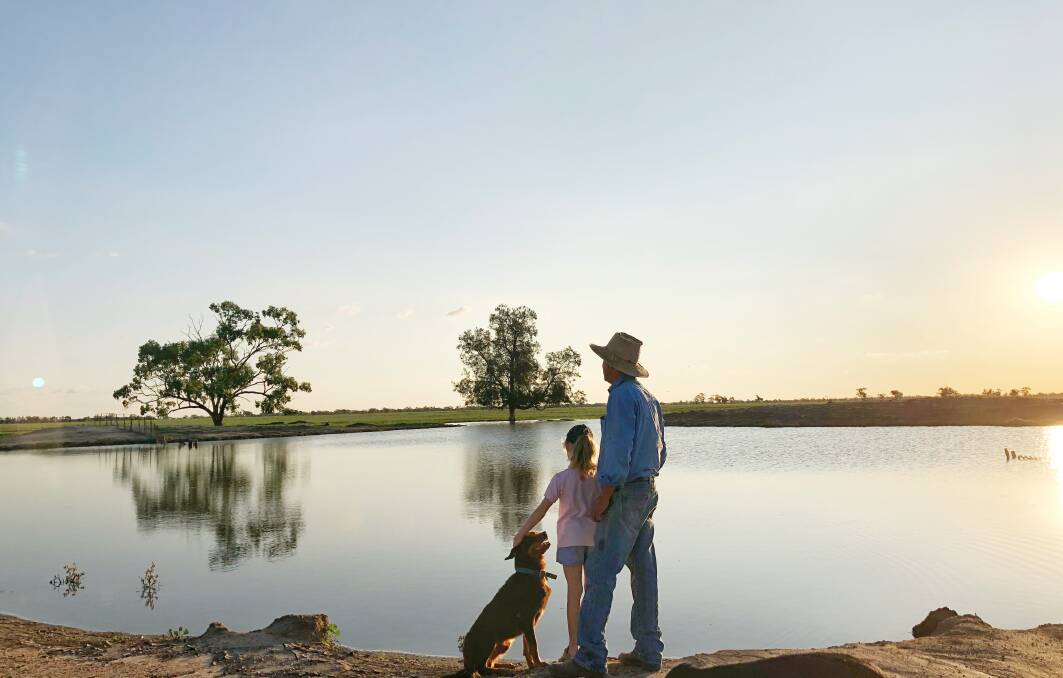
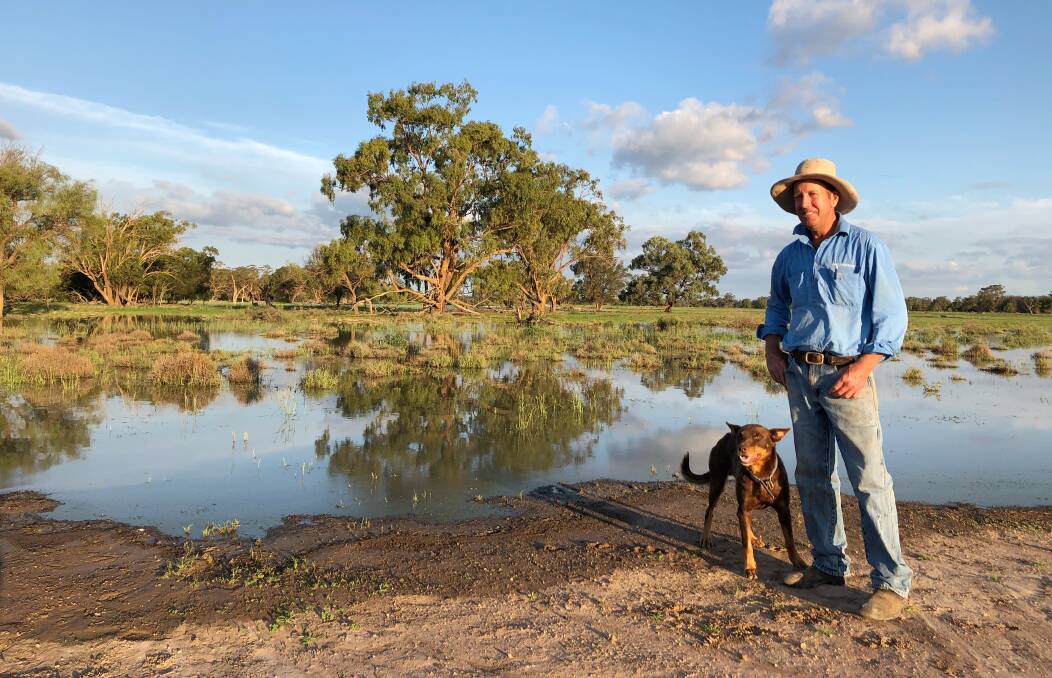
Gemma Turnbull, LLS Western Division, Ag Team leader, based in Bourke, said some western graziers may also have to consider drenching cattle.
Ms Turnbull said from her observations the rain had been quite general in the Bourke district, as opposed to summer storms. She said the rain had lifted many spirits.
Meantime, today the Murray Darling Basin Authority said a "rainy end to the summer of 2019-20 holds the promise of fresh flows in the Lower Darling for the first time in years, but summer was still hot and dry overall".
In the latest fortnightly drought update, MDBA Executive Director of River Management, Andrew Reynolds, said over 200 gigalitres has begun arriving in the Menindee Lakes system, following widespread rain in the northern Basin.
"This rain has brought relief for many drought-affected communities, but it's important to keep it all in perspective. This summer was the second-warmest summer on record and there are still critical water supply issues for some of our towns in the north," Andrew Reynolds said.
The 80mm of rain averaged across the Basin in the last month was double the long-term February average, but summer overall was still 16 per cent drier than average, he said.
"Things are looking better than they have for a long time, but it's too early to say the drought has broken."
"The heaviest falls in the week to 9 March were isolated to areas including Dederang in the Kiewa Valley (170 mm) and Hungerford on the Paroo River (125 mm)."
"So far, the impact of the rain on southern storage levels has been modest, but now these catchments are wet, we're hoping that any follow-up rain ends up in storages instead of soaking into dry ground."
Mr Reynolds reiterated concerns around water quality across the Basin.
"The first flush of water has affected water quality and has caused fish deaths in some areas. We are closely monitoring water quality as flows move through Lake Wetherell and into the Lower Darling."
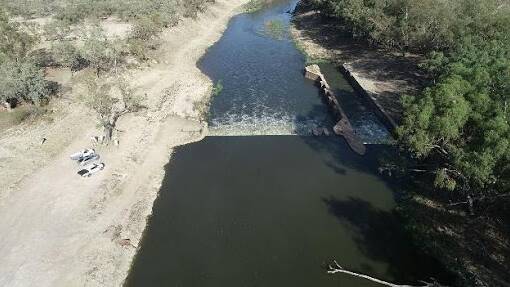
He said the MDBA can only access the water in the Menindee Lakes for the river Murray system when volumes are high (above 640 gigalitres) and until they fall below 480 gigalitres.
There has been solid rain in many areas west of the divide and on the ranges last week.
Starting in the north, Tingha had 62mm, Inverell 26mm; in the Hunter, Merriwa had 42mm, on the Central Tablelands, Gulgong 97mm, Bathurst 48mm, Mudgee 86mm, on the Southern Tablelands, Goulburn 43mm, Crookwell 34mm, Cooma 24mm and Adaminaby 30mm; North-West Slopes Warialda 35mm, Barraba 34mm, North-West Plains, Pilliga 112mm, Walgett 46mm, Moree 43mm, Wee Waa 59mm; Central-West Dubbo 69mm, Wellington 74mm, Cowra 58mm, Central-West Plains, Coonamble 64mm, Condobolin 91mm, Quambone 76mm and Trangie 77mm; in south-west areas Albury had 102mm, Temora 59mm, Wagga Wagga 69mm, Cootamundra 71mm, Deniliquin 85mm, Grong Grong 53mm, Griffith 43mm, Hillston 65mm, Urana 100mm and Narrandera 92mm, in the Upper Western, Brewarrina had 147mm, Fowlers Gap 144mm, Hungerford 125mm and Bourke 78mm, in Lower Western Benilkie 60mm, Ivanhoe 56mm and Kilfera 51mm.
Also many stations in the Western Division reported falls between 50 to 100mm with even one getting 200mm.


